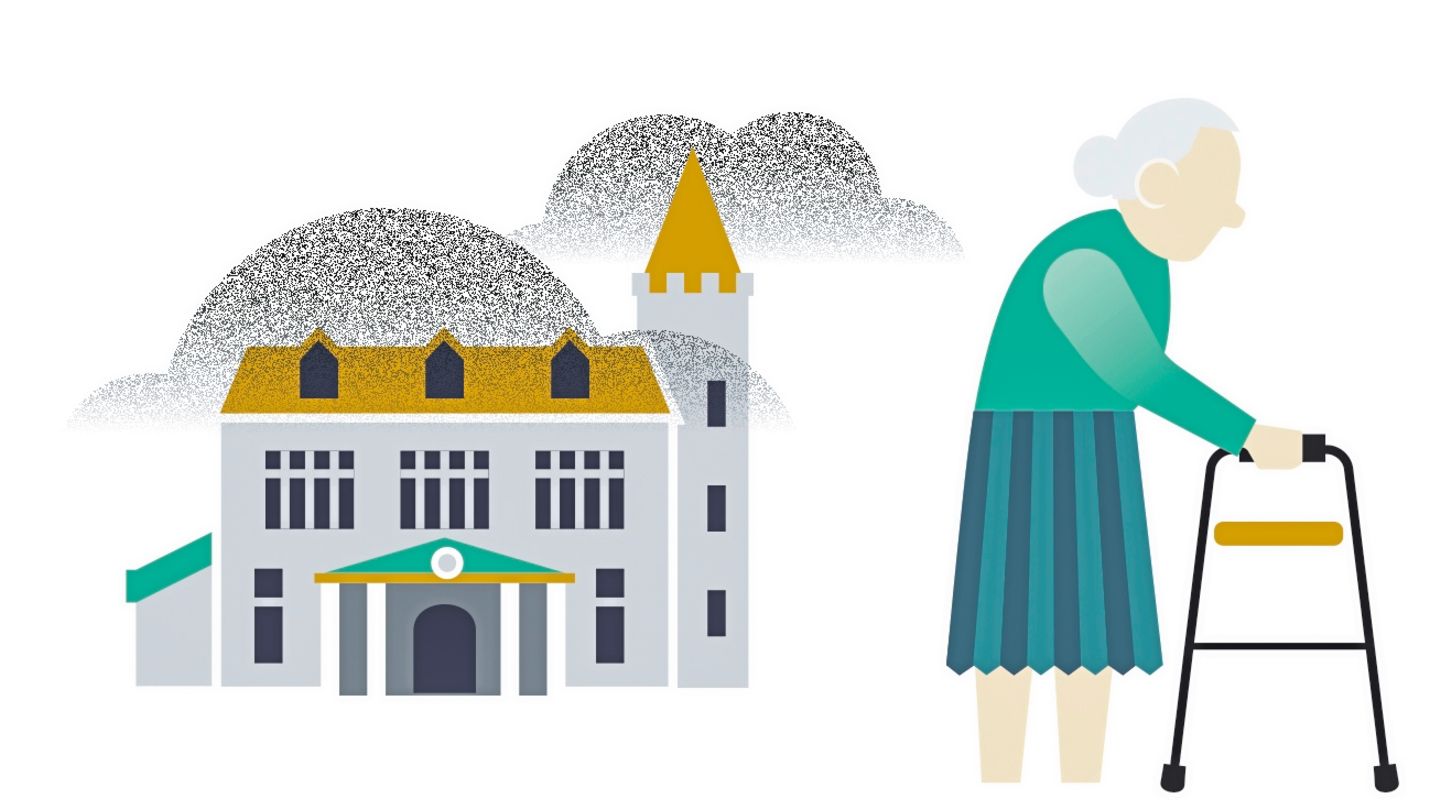I want to start the note with the graph of the price of the dollar, to understand why the Central Bank raised rates:
Bog1 25-8.png
This escalation of the dollar explains the recent rise in rates, with the aim of calming it down.
Currently, the nominal annual rate (TNA) of a fixed term is 69.5%. And if one makes it effective (TEA) it reaches 96.5%. How is this? I explain it to you in a simple way:
The TNA is the rate that the bank pays you. Once the period ends (for example 30 days), interest is earned and is not reinvested.
But in case of reinvesting the interest earned, these would be added to the capital of the following month, generating the concept of “compound interest”. The TEA appears here, which is the rate that takes into account the initial capital and interest reinvested every month.
In short, the difference between the TNA and the TEA lies in whether the interest collected is reinvested or not.
So if I invest $100,000 in a year I could have $196,500? Yes, as long as the Central Bank does not modify current rates.
Is this convenient or stay in dollars? Taking into account the price of the dollar today, it should be worth $578 in a year so that it yields the same as the investment in a fixed term.
Can the dollar be worth almost $600 in a year? In Argentina nothing can be ruled out, although it is worth clarifying that it is already “expensive”.
One way to analyze it is to compare it with other times in the country. Obviously, since Argentina has high inflation, these values must be adjusted.
Here are some important dates for reference:
- October 2002: maximum price of the dollar (official without stocks) = $4 → equivalent to a dollar of $310 today (adjusted for inflation)
- October 2020: maximum dollar price (blue) = $195 → equals a dollar of $305 today (adjusted for inflation)
- Today: dollar price hovering around $300
Then? The conclusion It would be that the dollar in Argentina is practically more expensive than ever, taking into account the other “peaks” that there were in the country, adjusted for inflation.
since he took over Serge Massa, it was possible to anchor certain expectations that could calm him down. For this reason, taking into account the current high price, it sounds tempting to turn to making rates in pesos and then go to dollars, making a profit in hard currency. This is known as “carry trade”.
It is worth clarifying that the carry trade is an investment that works for a while until it stops working very abruptly. Why? Because in scenarios of high volatility and uncertainty, the dollar usually rises strongly and “eats” several months of interest in a few days. And in Argentina that usually happens often.
The real question lies in knowing if the dollar, from these very high levels, will be able to continue rising at the rate of the rate of fixed terms. Much will depend on the political and economic direction.
Surely the aggressive profiles are making rates in pesos, betting that they will beat the rise in the dollar. PBut those who want to sleep more peacefully should take refuge in the dollarsince in Argentina the uncertainty is total.
To finish, I want to invite you to download a report with all the variables you need to know to understand the price of the dollar in Argentina. I recommend it to you. You can download it at this link: Financial chart – dollar.
Source: Ambito




